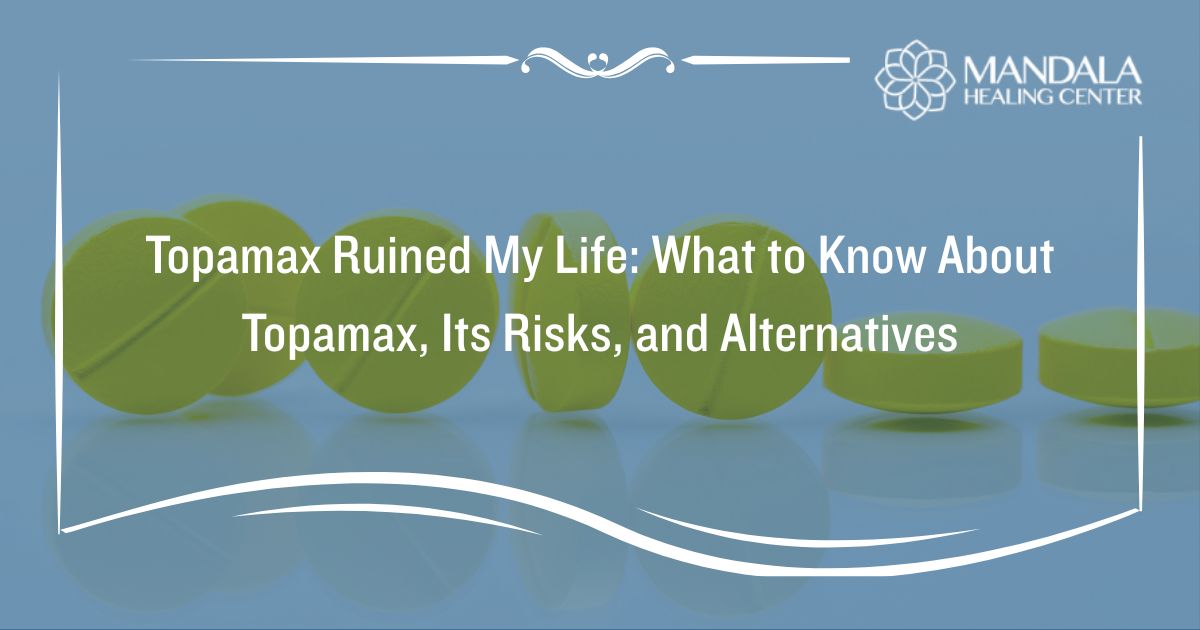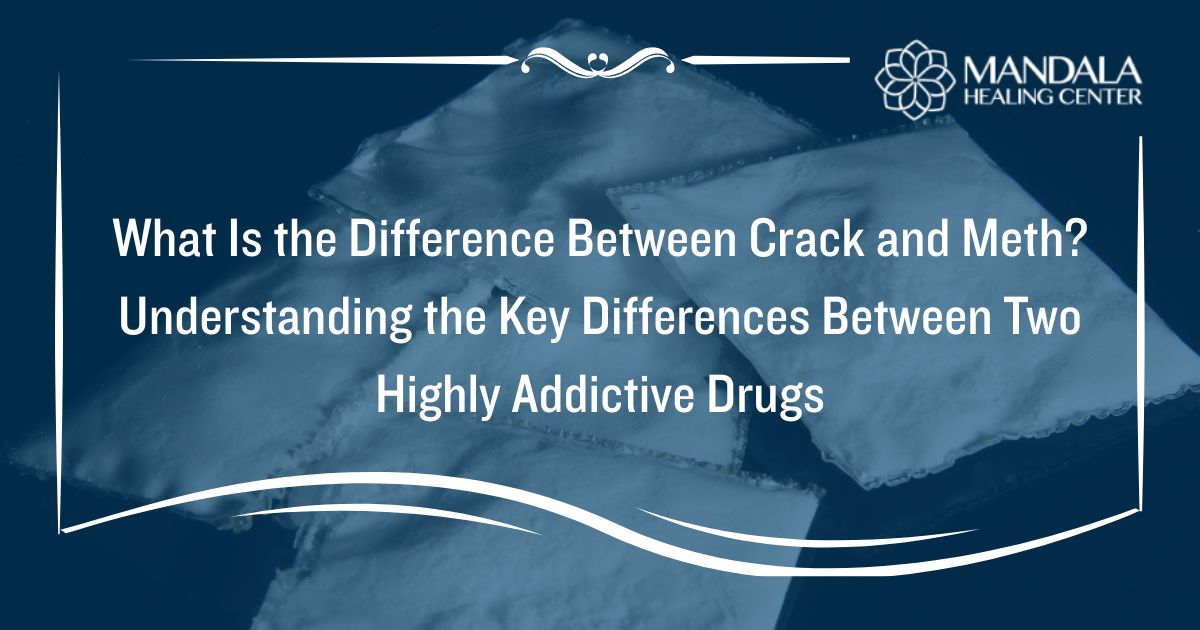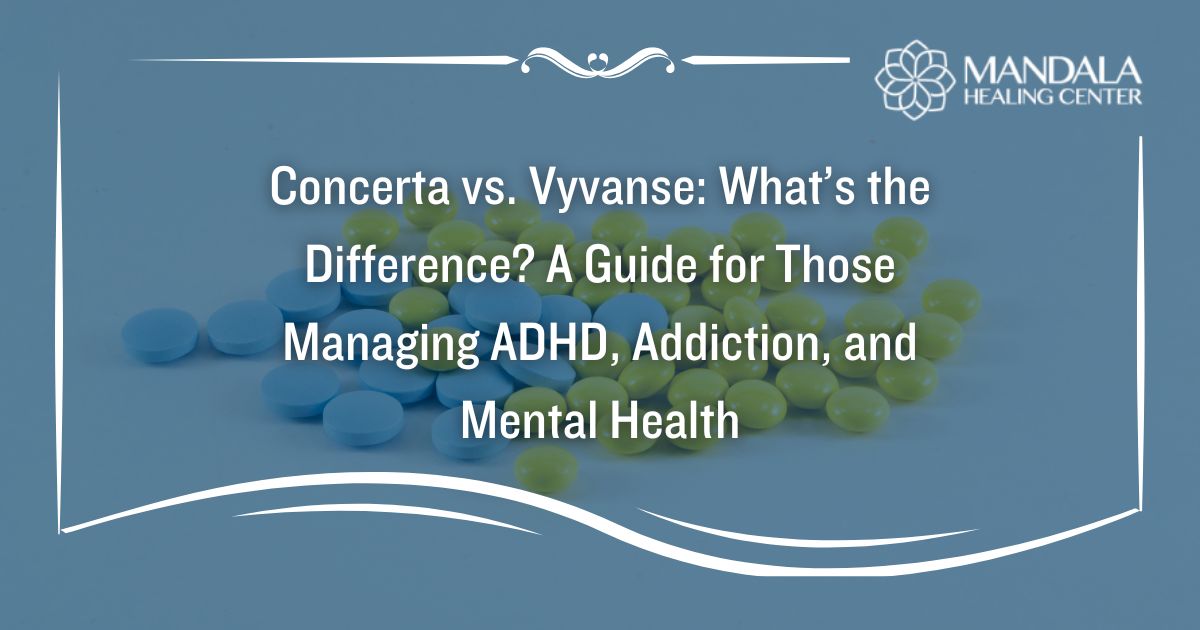Alcohol is embedded into American society. Whether you are at a sports game, a life celebration, or a work party, you can usually find alcohol present. According to the National Institute of Alcohol Abuse and Alcoholism (NIAAA), “219.2 million people ages 12 and older (78.3% in this age group) reported that they drank alcohol at some point in their lifetime.”[1]
While occasional drinking usually is not a problem, sometimes people have a hard time controlling how much they drink. When you drink in large amounts, you are more likely to engage in behaviors that you would otherwise suppress while sober because alcohol affects certain chemicals in your brain and lowers your inhibitions
The type of alcohol use that tends to increase the likelihood of impulsive behaviors is known as binge drinking. Binge drinking is characterized by drinking large amounts of alcohol at once to the point where blood alcohol content (BAC) exceeds 0.08%. The NIAAA reports that “60.0 million people ages 12 and older (21.5% in this age group) reported binge drinking in the past month.”[1]
One of the impulsive behaviors alcohol may exacerbate is violence or abuse. Sadly, researchers have found strong connections between alcoholism and domestic violence or abuse.
What is Domestic Abuse?
Domestic abuse is a term used interchangeably with domestic violence and intimate partner violence. These terms refer to a pattern of behaviors that one partner engages in to have power or control over the other individual in the relationship. Anyone can be a victim of domestic abuse, regardless of race, gender, religion, age, or sexual orientation.
It is important to note that domestic abuse can be physical, emotional, social, and financial. Oftentimes, people who are being abused have been manipulated so heavily by their abuser that they are unaware that what they are experiencing is outside of the norm.
Common ways that people engage in abuse include:
- Using threats or coercion to keep the person under their control
- Intimidating their partner to prevent them from leaving
- Emotional abuse (i.e. name calling, manipulation, or humiliation)
- Isolating them from their friends and loved ones to maintain control
- Denying, blaming, or minimizing to keep the victim in the relationship
- Controlling the money to prevent the partner from being able to leave
- Gaslighting to make the victim believe they are the one in the wrong
- Love bombing early on to make the victim feel special and secure in the relationship
If you believe that you are being abused, you should always reach out to a trusted friend, loved one, mental health professional, or any type of person who can provide you with support and help leaving the relationship.
Is There a Connection Between Alcoholism and Domestic Abuse?
To begin, it is important to note that alcoholism is never the cause of abuse. However, alcohol abuse can cause a violent person to begin abusive behavior, as their inhibitions will be lowered and they will be more likely to behave without thinking about consequences. This piece of information is vital, as many victims believe that once their partner gets sober the abuse will end, which is usually not the case.
The BBC published an article focused on a study of the connection between domestic abuse and alcoholism. They found that “1.7% of men dependant on alcohol had subsequently been arrested for such offenses – six times as many as those in a sample of the overall male population with a similar age profile.”[2]
The reason that people are more prone to violent and abusive behavior when they are under the influence of alcohol is because of the way alcohol affects your brain. When you are sober, there are chemicals pulsing through your brain that prevent you from acting on every impulse you have. According to the NIAAA, “alcohol weakens brain mechanisms that normally restrain impulsive behaviors, including inappropriate aggression.”[3]
Statistics on Domestic Violence and Alcohol Abuse
Because there is a strong connection between domestic violence and alcoholism, being aware of the statistics is important. While people who abuse alcohol are more likely to be violent, victims are also more likely to begin abusing the substance as a form of self-medication.
Statistics reflecting domestic violence and alcohol abuse include:[4,5,6]
- Nearly half a million incidents of violence between intimates involve offenders who have been drinking
- Two-thirds of victims who were attacked by an intimate (including a current or former spouse, boyfriend, or girlfriend) reported that alcohol had been involved
- 30 to 40 percent of the men and 27 to 34 percent of the women who perpetrated violence against their partners were drinking at the time of the event.
- Another study of women accessing substance abuse treatment services found that approximately 67% reported experiencing physical intimate partner violence in the past 6 months
Find Help for Alcohol Abuse and Alcoholism Today
If you or a loved one experienced domestic abuse and began drinking alcohol to cope, help is available. At Mandala Healing Center, we can provide you with the support and treatment you need to recover from your trauma and alcoholism at the same time.
To learn more about our trauma-informed alcohol rehab programs, contact Mandala Healing Center today.
References:
- https://www.niaaa.nih.gov/alcohols-effects-health/alcohol-topics/alcohol-facts-and-statistics/alcohol-use-united-states-age-groups-and-demographic-characteristics
- https://www.bbc.com/news/uk-50887893
- https://pubs.niaaa.nih.gov/publications/aa38.htm
- https://www.montana.edu/oha/insight/MIP%20take%20home%20fact%20sheet%201.pdf
- https://pubs.niaaa.nih.gov/publications/arh25-1/58-65.htm
- http://www.nationalcenterdvtraumamh.org/wp-content/uploads/2014/09/IPV-SAB-Final202.29.1620NO20LOGO-1.pdf












